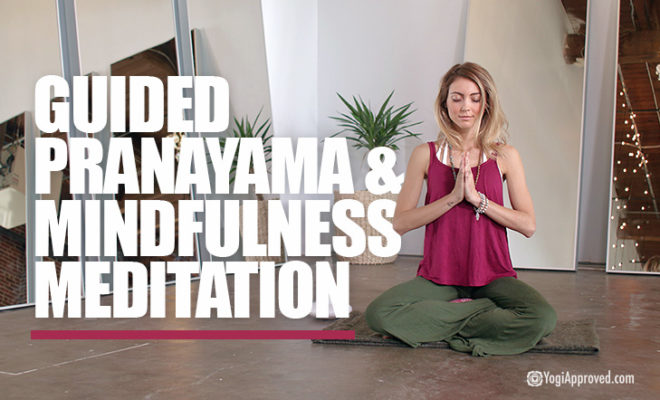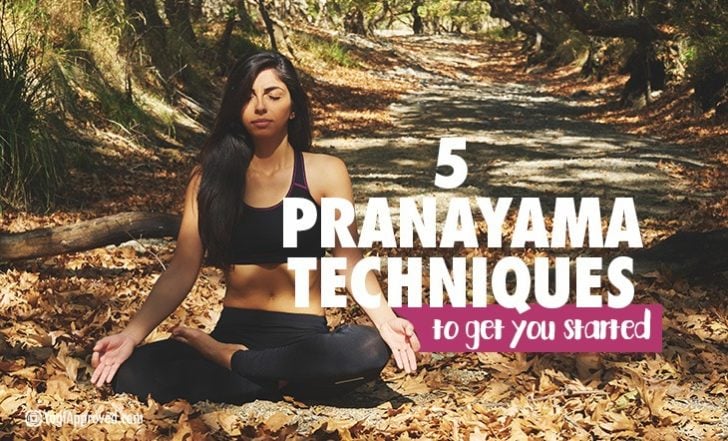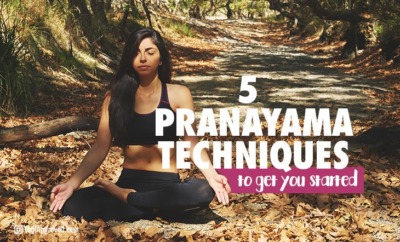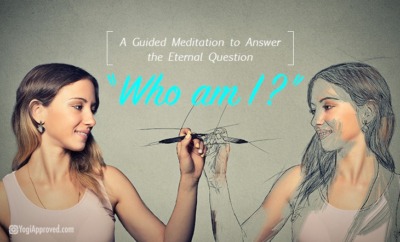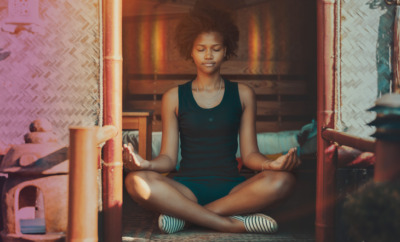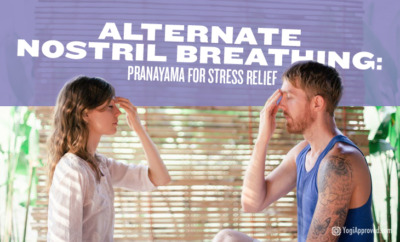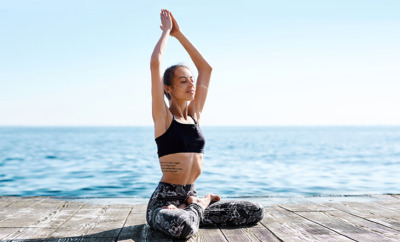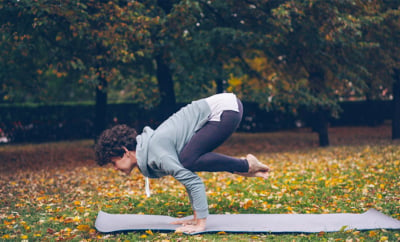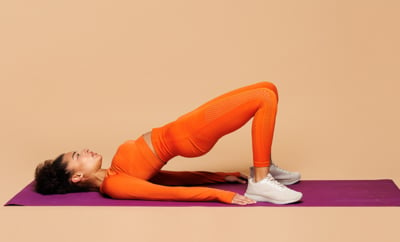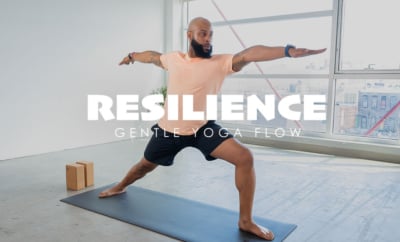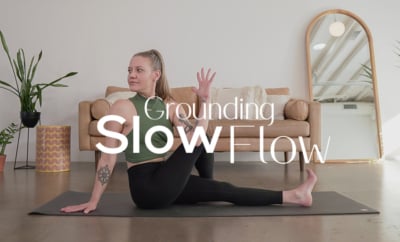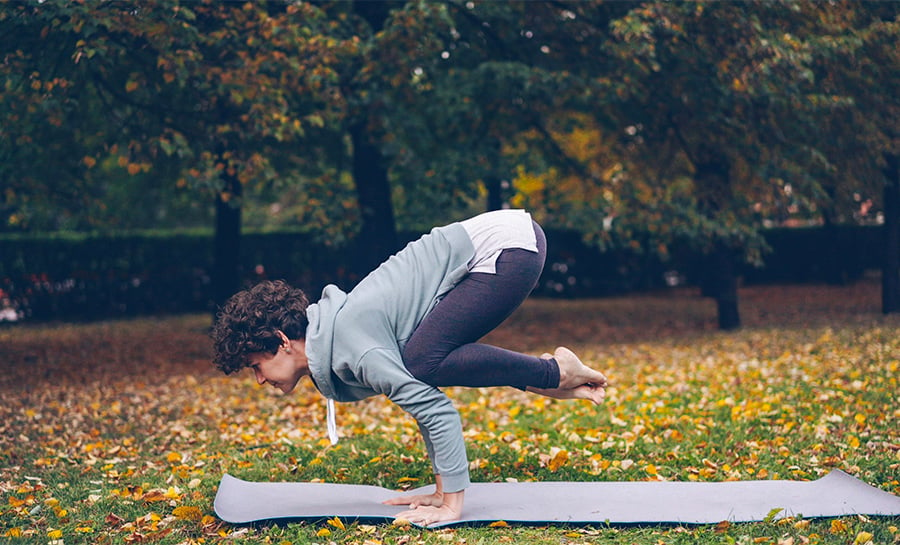4 Go-To Breathing Exercises For Meditation, Stress Relief, and Overall Wellbeing
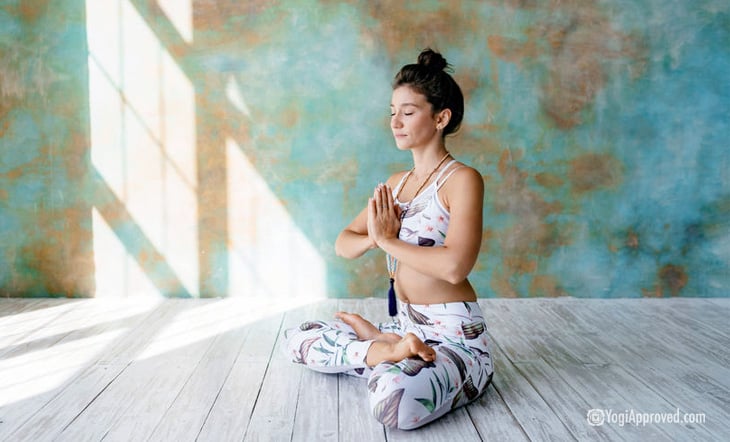
breathing techniques featured
How many times have you been told in a stressful situation to stop and take a deep breath? And how many times have you seen the proven effect? Breath is life and breathing exercises can relax, calm and restore.
We all know that breathing has a calming effect on the mind. It influences the parasympathetic nervous system, which induces calm.
Conscious breathing is the quickest way to bring us back to the present moment and into the physical body. But in addition to the more obvious effects of slow and conscious breathing, there are many many more benefits.
Here are just a few of the many benefits of practicing deep, conscious breathing:
- Stimulate brain chemicals known as endorphins which reduce depression
- Stimulate the pituitary gland which is believed to sharpen intuition
- Reduce toxins in the lungs
- Cleanse blood
- Energize and increases vitality
- Regulate pH balance which helps with stress management
In yoga, conscious breathing exercises are called Pranayama. In Sanskrit, Prana means life force energy (also referred to as chi). Yama means expansion or control.
Pranayama is a method of circulating this life force energy throughout the entire body. During yoga or meditation, consciously linking the mind to the breath creates a mind/body connection that cultivates presence. Pranayama allows us to truly be in the present moment.
There are many breathing exercises, or Pranayama, that we can use for our yoga and meditation practice. There are also certain breathing exercises that help relieve stress and all of them cultivate an overall sense of wellbeing in mind and body.
Try These 4 Breathing Exercises For Stress Relief, Meditation and Overall Wellbeing:
There are many forms of Pranayama, and we encourage you to explore and discover the methods that mesh with your unique practice and needs. Learn 4 breathing exercises for meditation, stress relief and overall wellbeing here!
1. Equal Breathing (Sama Vrtti Pranayama)
Sama means the same or equal, and vrtti means action or movement. For this exercise, you will make the inhalation the same length as the exhalation.
Start with a count of four. Inhale: 1-2-3-4, and then exhale: 1-2-3-4. When you feel comfortable with this, you can add a same count breath retention after the inhale (inhale for four, hold for four, and then exhale for four). This practice will cultivate focus and create a sense of balance.
2. The Ocean Breath (Ujjayi Breathing)
Often referred to as victorious breath, ud means upwards or superior, and jaya means victory or triumph. Inhale deeply and fully through your nose and allow the breath to catch against the back of your throat.
It may take a few tries, but ultimately it will sound like the waves of an ocean, which is why this technique is also referred to as ocean breath. Ujjayi will calm the nervous system and massage deep internal organs like the esophagus and spleen.
3. Skull Shining Breath (Kapalabhati)
Kapala means skull and bhati means light. Another definition is breath of fire, named after its cleansing qualities. Start seated either on your legs in hero’s pose or cross legged, with your hands on your knees.
For this exercise, snap your navel in towards your spine with every exhale, making an audible CH sound through pursed lips. The inhale will take care of itself. Repeat for 1 minute. Kapalabhati purifies the blood and liver, and increases blood oxygen levels while calming the mind.
Interested in diving deeper in this particular breathing exercise? Check out this article all about Skull Shining Pranayama to Remove Energetic Blockages
4. Lion’s Breath (Simhasana)
Simha means lion. Exhale strongly through the mouth, opening it as wide as you can, making an AHHHH sound while sticking your tongue out as far as you can. At the same time, look straight up with your eyes. This can be done while seated or in a variety of yoga poses such as Downward Facing Dog or Table Top Pose.
This is a fun technique that helps you lighten up, release stress and open up your Throat Chakra. It increases circulation to the tongue and throat, strengthens face and throat muscles, and also stimulates the eyes.
Use Breathing Exercises to Empower Your Life
Deep breathing is not only a key ingredient to our yoga and meditation practice; it is also an important aspect of our daily lives. There is a direct correlation between breath and stress reduction.
The more we can tap into our mindful breath, the better equipped we are to handle the inevitable challenges that come our way. Peace and calm is truly just a breath away.


This Month's Letter
From the Editor
Monthly motivation and food for
thought from our founder.

